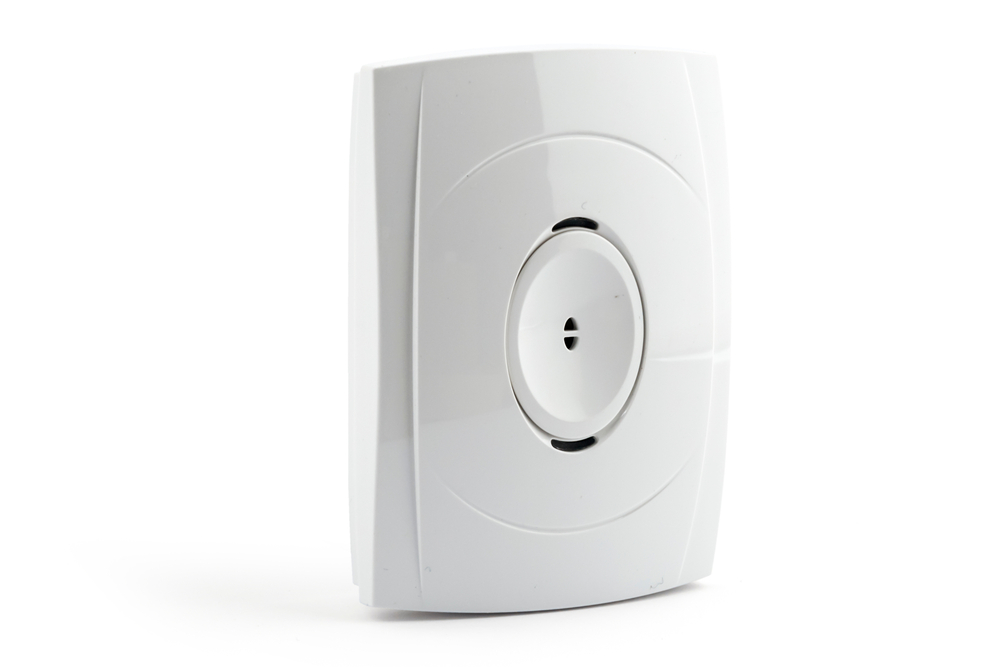Intrusion Alarm Systems with a Glass Break Detector
A glass break detector is a crucial component in many burglary alarm systems, designed specifically to detect the sound or vibration of breaking glass. They are typically used as part of a comprehensive security system to protect against intrusions through windows or glass doors. Here’s an overview of how they work, their types, and key considerations:
How Glass Break Detectors Work
- Sound Detection: Most glass break detectors function by monitoring for the specific frequency or sound pattern caused by shattering glass. They use microphones to pick up sound waves and analyze them for the distinct characteristics of glass breaking.
- Vibration Detection: Some detectors are designed to sense the physical vibration caused by glass breaking. These are usually mounted directly on the glass surface.
Glass Break Detector Types
- Acoustic Glass Break Detector: These detectors listen for the sound of breaking glass and are typically mounted on ceilings or walls. They can cover multiple windows in their range, making them efficient for large areas with several windows.
- Shock Sensors: Mounted directly on the glass, these sensors detect the physical shock of glass breaking. They are more localized than acoustic detectors and are typically used on individual windows or glass doors.
Features and Considerations
- Range and Coverage: Acoustic detectors have a specific range within which they can detect glass breaking. It’s important to ensure that all glass surfaces are within the effective range of the detector.
- Sensitivity Adjustment: Many models allow for sensitivity adjustments to minimize false alarms. This is crucial in environments where other sounds might mimic breaking glass.
- False Alarms: Glass break detectors can sometimes be triggered by other high-frequency sounds like clinking dishes, bells, or slamming doors. Advanced models are designed to reduce such false alarms by using sophisticated sound analysis.
- Integration with Security Systems: Glass break detectors are most effective when integrated into a broader security system. They can be connected to an alarm panel, alerting homeowners or a monitoring service immediately when glass breakage is detected.
Maintenance and Testing
- Regular Testing: It’s advisable to test glass break detectors periodically to ensure they are functioning correctly.
- Maintenance: Includes checking battery life for wireless models and ensuring that the detectors are not obstructed by furniture or curtains.
Applications
- Residential Security: In homes, especially those with large glass doors or windows that are vulnerable to forced entry.
- Commercial Properties: In businesses like retail stores or offices with large glass storefronts or windows.
In summary, a glass break detector adds an important layer of security to both residential and commercial properties. They provide an early warning system against break-ins through glass entry points, enhancing the overall effectiveness of a burglary alarm system. Choosing the right type and ensuring proper installation and maintenance are key to their effectiveness.

